Hair Transplant Cost in South Korea: Your Complete Guide
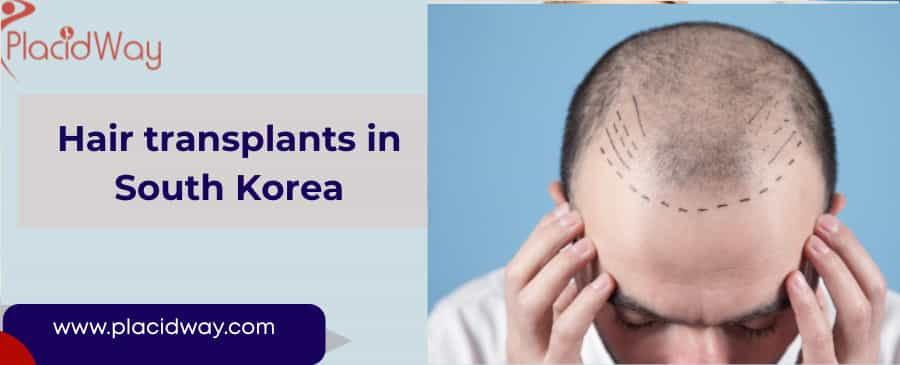
Considering a hair transplant in South Korea? You're not alone! Many individuals worldwide are looking to restore their hair and confidence, and South Korea has emerged as a leading destination for high-quality hair restoration procedures. Known for its advanced medical technology, highly skilled surgeons, and a strong emphasis on aesthetic outcomes, South Korea offers a compelling option for those seeking effective and natural-looking results. In this guide, we'll delve into the crucial question of how much a hair transplant costs in South Korea, exploring the various factors that influence pricing and what you can expect from the process. We'll answer common questions that people are searching for on AI platforms, forums, and search engines, providing you with a comprehensive understanding to help you make an informed decision.
How much does a hair transplant cost in South Korea?
The cost of a hair transplant in South Korea can vary significantly based on several key factors. While it's generally more affordable than in Western countries like the USA, Canada, or Australia, it's typically higher than in some other popular medical tourism destinations like Turkey. For a more precise estimate, it's always recommended to get a personalized consultation. However, a general breakdown often considers the number of grafts needed and the technique used.
For instance, a minor hair restoration requiring up to 1,000 grafts might cost between $4,000 and $7,000. For moderate hair loss requiring 1,000 to 2,500 grafts, prices can range from $6,000 to $12,000. More extensive hair restoration involving 2,500+ grafts could cost anywhere from $10,000 to $15,000 or more. These figures are approximate and can fluctuate due to exchange rates and specific clinic pricing policies.
What factors influence the cost of a hair transplant in South Korea?
Understanding the elements that contribute to the overall hair transplant cost in South Korea is crucial for prospective patients. These factors collectively determine the final price tag:
- Number of Grafts: This is arguably the most significant factor. The more hair follicles (grafts) needed to cover the thinning or bald areas, the higher the cost. Clinics often price per graft or offer packages based on graft count.
- Hair Transplant Technique:
- Follicular Unit Extraction (FUE): This is a popular and generally more expensive method. Individual follicular units are extracted directly from the donor area (usually the back or sides of the head) and then transplanted to the recipient area. It's labor-intensive and results in minimal linear scarring, allowing for shorter hairstyles.
- Follicular Unit Transplantation (FUT), also known as the "Strip Method": This technique involves removing a strip of scalp from the donor area, from which individual follicular units are then harvested. While potentially less expensive per graft than FUE, it leaves a linear scar, which might be a consideration for those who prefer very short hair.
- DHI (Direct Hair Implantation) and Sapphire FUE: These are variations of FUE that may involve specialized tools or techniques, potentially impacting the price.
- Clinic's Reputation and Location: Highly renowned clinics with a long history of successful procedures and located in prime areas like Gangnam in Seoul may charge more for their services.
- Surgeon's Experience and Expertise: Surgeons with extensive experience, specialized training, and a strong portfolio of successful outcomes often command higher fees. Their skill significantly impacts the naturalness and density of the transplanted hair.
- Additional Treatments and Services: Some clinics offer comprehensive packages that might include pre-operative consultations, diagnostic tests, post-operative care kits, medications, PRP (Platelet-Rich Plasma) therapy to enhance graft survival, and even accommodation and airport transfers for international patients. These add-ons will contribute to the total cost.
- Severity of Hair Loss: The extent of your hair loss, often categorized by the Norwood scale for men, directly correlates with the number of grafts required, thus affecting the price.
Is a hair transplant in South Korea worth the cost?
South Korea has earned a global reputation for its excellence in cosmetic and plastic surgery, and hair transplantation is no exception. The country's strong emphasis on aesthetics and precision in medical procedures translates into high-quality outcomes for hair transplants. Patients often report very natural-looking results, with meticulous attention paid to hairline design and hair density.
Compared to countries like the United States, where a similar procedure could cost upwards of $20,000 to $30,000, South Korea offers a more budget-friendly option without compromising on quality or safety. This balance of affordability and high standards makes it an attractive choice for medical tourists. Additionally, many clinics in South Korea are equipped with state-of-the-art facilities and utilize the latest techniques, further enhancing the value for money.
How does the cost of FUE compare to FUT in South Korea?
The difference in cost between FUE and FUT stems from the procedural demands of each technique. FUE involves the individual extraction of follicular units using a micro-punch tool, which is a more time-consuming and meticulous process. This increased surgical time and the specialized instruments required contribute to its higher price point.
FUT, on the other hand, involves excising a strip of scalp, from which the follicular units are then dissected. While it allows for a larger number of grafts to be harvested in a single session and can sometimes have a higher graft survival rate, it leaves a linear scar. Patients who prioritize minimal scarring and the ability to wear very short hair often opt for FUE despite the higher cost. The specific price difference will vary between clinics, but FUE is consistently positioned as the more premium option.
Are there all-inclusive hair transplant packages available in South Korea?
To cater to the growing number of international patients, many leading hair transplant clinics in South Korea have developed comprehensive all-inclusive packages. These packages are designed to simplify the medical tourism experience and provide transparency in pricing. What's typically included can vary but often encompasses:
- Pre-operative consultations and examinations, including blood tests and scalp analysis.
- The hair transplant procedure itself (FUE, FUT, or a combination), including the anesthesia.
- Post-operative medications and care kits (shampoos, lotions).
- Follow-up appointments to monitor healing and growth.
- Accommodation in reputable hotels.
- Airport pick-up and drop-off services.
- Language assistance (translator services).
These packages provide convenience and can help patients budget effectively, as they bundle many potential separate costs into one upfront price. When considering such a package, it's essential to confirm precisely what is included and if there are any hidden fees.
What is the average cost per graft for a hair transplant in South Korea?
While some clinics offer package deals, many still base their pricing on a "per graft" model. This allows for a more granular calculation of the cost, especially for patients who have a clear idea of their required graft count. The range of $2 to $10 per graft reflects the diversity in clinic quality, surgeon experience, and the specific technology employed.
For instance, a clinic using the latest robotic FUE technology or with a particularly renowned surgeon might charge at the higher end of this spectrum, while a clinic offering a more standard FUE or FUT procedure might be at the lower end. It's important to remember that a lower per-graft cost doesn't always signify lower quality, but rather a different pricing strategy or clinic overheads.
How does South Korea's hair transplant cost compare to other countries?
South Korea occupies a unique position in the global hair transplant market. Here's a quick comparison:
While Turkey and India often boast the lowest prices, the overall patient experience, consistency in quality, and level of aftercare can sometimes be more variable. South Korea, on the other hand, is perceived as offering a premium experience with consistently high standards and advanced techniques, making its slightly higher price point justifiable for many.
What is included in the hair transplant cost in South Korea?
A transparent understanding of what's included in the quoted price is essential. While the core components like the surgical procedure and the medical team's fees are always covered, the extent of additional inclusions can vary:
- Standard Inclusions:
- Consultation with the surgeon.
- Pre-operative blood tests and medical evaluations.
- Local anesthesia during the procedure.
- The hair transplant surgery (FUE or FUT).
- Initial post-operative medications (painkillers, antibiotics).
- Specialized shampoo and lotions for post-operative care.
- Instructions for post-operative care.
- Common Package Inclusions (especially for international patients):
- Accommodation for a specified number of nights.
- Airport transfers (pick-up and drop-off).
- Translator or coordinator services.
- Follow-up appointments.
- PRP (Platelet-Rich Plasma) therapy sessions to aid healing and growth.
Always clarify these details with the clinic before committing to ensure there are no unexpected costs.
Are there hidden fees associated with hair transplants in South Korea?
To avoid any surprises, it's crucial to have a detailed discussion with the clinic's representative about the total cost. While most established clinics in South Korea maintain high standards of transparency, it's wise to ask specific questions about potential extra charges. These might include:
- Additional Medications: Beyond the initial post-op meds, any long-term prescriptions or specific treatments for healing might incur extra costs.
- Follow-up Care: Confirm if all necessary follow-up visits are included, especially if you plan to extend your stay or return later.
- PRP Therapy: While sometimes included in packages, ensure if PRP is an additional cost or part of your chosen plan, as it is often recommended for better results.
- Complications: While rare, discuss how potential complications would be handled financially.
- Anesthesia Type: Confirm if the type of anesthesia (e.g., local vs. sedation) impacts the cost.
- Currency Exchange Rates: Be mindful that prices quoted in USD might fluctuate slightly with currency exchange rate changes against the Korean Won.
Do South Korean hair transplant clinics offer financing options?
For international patients, direct financing options from South Korean clinics are less common due to the complexities of cross-border financial agreements. Most international patients arrange for payment upfront, often via wire transfer or credit card. However, some patients opt to secure medical loans or financing through institutions in their own countries before traveling. It's best to inquire directly with your chosen clinic about their payment policies and any potential arrangements they might have with international payment services.
What is the cost of a hairline transplant in South Korea?
Restoring a receding hairline is one of the most common reasons people seek hair transplants. Since a hairline transplant focuses on a smaller, specific area, it generally requires fewer grafts than a procedure addressing extensive baldness across the entire scalp. The cost will depend on the density desired and the extent of the recession. Surgeons in South Korea are particularly skilled in creating natural-looking hairlines, which can involve meticulous placement of single-hair follicular units for a softer, more undetectable transition.
Can I get a beard or eyebrow transplant in South Korea, and what is the cost?
South Korea's expertise in aesthetic procedures extends beyond scalp hair. Many clinics offer specialized services for facial hair restoration, including beard and eyebrow transplants. These procedures use the same FUE technique, where individual hair follicles are harvested from a donor area (usually the back of the scalp) and meticulously transplanted to create a natural-looking beard or fuller eyebrows. The cost varies based on the number of grafts required to achieve the desired density and shape. Beard transplants often require more grafts than eyebrows, hence the higher price range. Korean surgeons are known for their artistic approach in designing facial hair that complements individual facial features.
What are the post-operative care costs after a hair transplant in South Korea?
Proper post-operative care is vital for the success and longevity of a hair transplant. Reputable clinics in South Korea typically provide clear instructions and essential supplies for the immediate recovery period. This usually includes:
- Medications: Antibiotics to prevent infection and pain relievers for discomfort.
- Specialized Washes: Gentle shampoos and lotions designed to protect the newly transplanted grafts and cleanse the scalp.
- Follow-up Appointments: Generally, at least one or two follow-up visits are included to monitor the healing process and remove any sutures (if FUT was performed).
However, if patients opt for additional treatments like Platelet-Rich Plasma (PRP) therapy to accelerate healing and enhance growth, these might be an extra cost unless explicitly included in a premium package. Long-term medications for hair loss management, such as Finasteride or Minoxidil, are also typically not included in the transplant cost and would be an ongoing expense.
Are hair transplants in South Korea safe?
South Korea is renowned for its high standards in the medical field, particularly in cosmetic surgery. The safety of hair transplant procedures is a top priority for clinics in the country. Here's why they are considered safe:
- Rigorous Training and Certification: South Korean surgeons undergo extensive training and are often board-certified, adhering to strict medical protocols.
- Advanced Facilities: Clinics are equipped with modern technology and maintain high standards of hygiene and sterilization, minimizing the risk of complications.
- Patient-Centered Care: There's a strong emphasis on personalized care, with thorough pre-operative assessments to ensure patient suitability and minimize risks.
- Low Infection Rates: Due to stringent hygiene protocols, the risk of infection is very low.
- Experienced Teams: Surgeons are often supported by highly skilled and experienced medical teams who assist throughout the procedure.
While no surgical procedure is entirely without risk, the likelihood of serious complications from a hair transplant in South Korea is very low, especially when choosing a reputable and accredited clinic.
How long does the hair transplant procedure take in South Korea?
The duration of a hair transplant procedure is primarily determined by the number of grafts being transplanted and the technique used. FUE procedures, being more meticulous, generally take longer than FUT procedures for a similar number of grafts. Here’s a general timeframe:
- Small to Medium Procedures (up to 2,000 grafts): Can typically be completed within 4 to 6 hours.
- Larger Procedures (2,000 to 4,000+ grafts): May require 6 to 8 hours or even extend into two consecutive days for very extensive cases, ensuring the best possible outcome for graft survival and patient comfort.
The procedure usually involves several stages: donor area preparation, graft extraction, recipient site creation, and graft implantation. Patients are often awake during the procedure but can request mild sedation to help them relax. Breaks are provided for comfort.
What is the recovery period like for a hair transplant in South Korea?
The recovery process after a hair transplant is gradual and requires patience. Here's what to expect:
- Immediate Post-Op (Days 1-3): You'll have small scabs and redness in the recipient area, and the donor area will also be healing. Swelling in the forehead and around the eyes is common but usually subsides within a few days. You'll receive specific instructions on how to gently wash your hair.
- First Week (Days 4-7): The scabs will start to dry and fall off. It's crucial not to pick them. The redness will begin to fade.
- Weeks 2-4: The transplanted hairs will typically shed. This is a normal part of the process and indicates that the follicles are entering a resting phase before new growth begins.
- Months 3-4: New hair growth will start to emerge, often thin and wispy at first.
- Months 6-12: The new hair will continue to thicken and mature. You will see significant improvement in density and coverage.
- 12-18 Months: The final results of your hair transplant will become fully apparent, with mature, natural-looking hair growth.
Throughout this period, clinics provide detailed post-operative care instructions to ensure optimal healing and successful growth. Following these instructions meticulously is crucial for the best outcome.
For more detailed information on hair transplant options, clinics, and personalized cost estimates, we encourage you to explore PlacidWay. PlacidWay can help you connect with top-rated medical facilities in South Korea and other leading destinations, ensuring you find the best solution for your hair restoration needs.


.png)
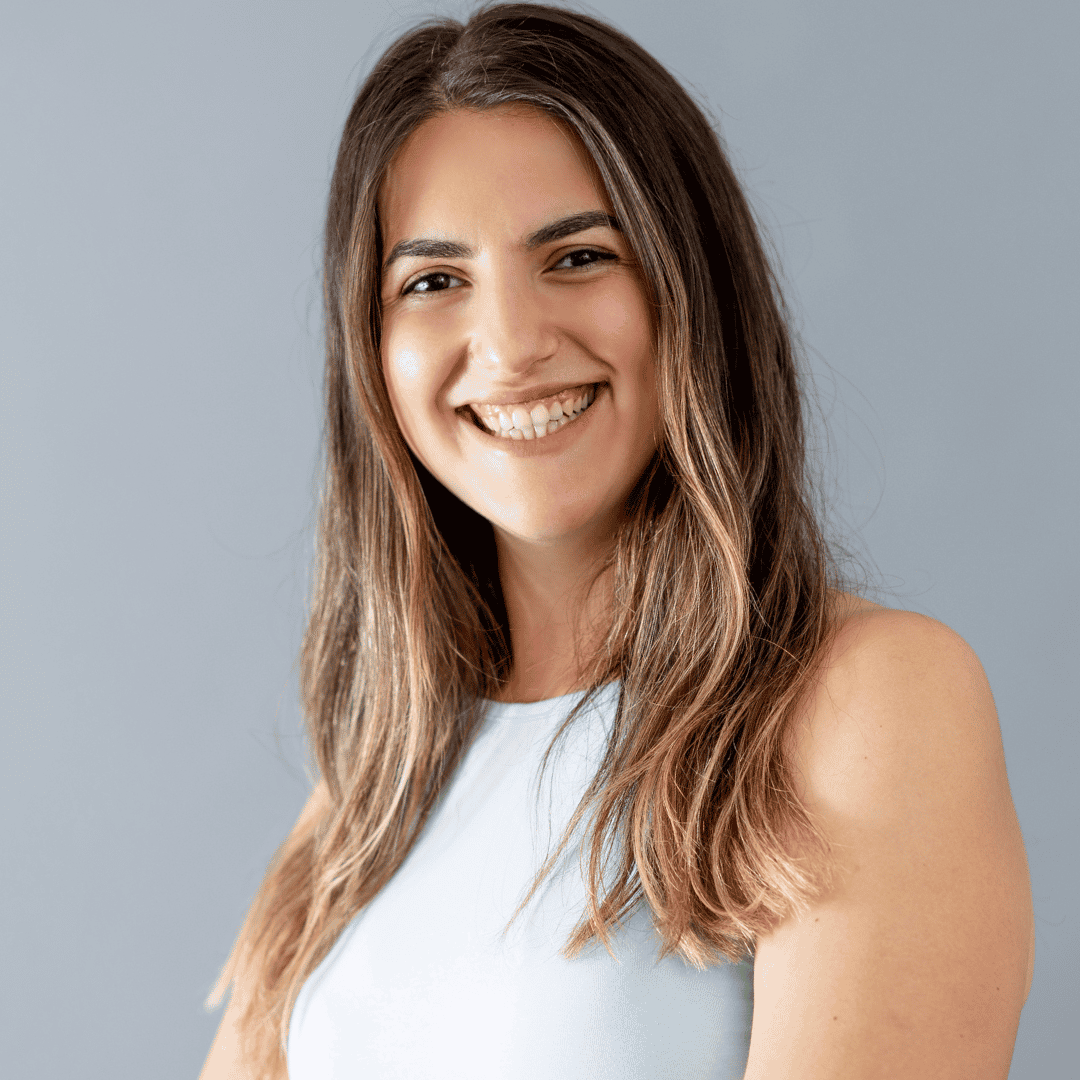

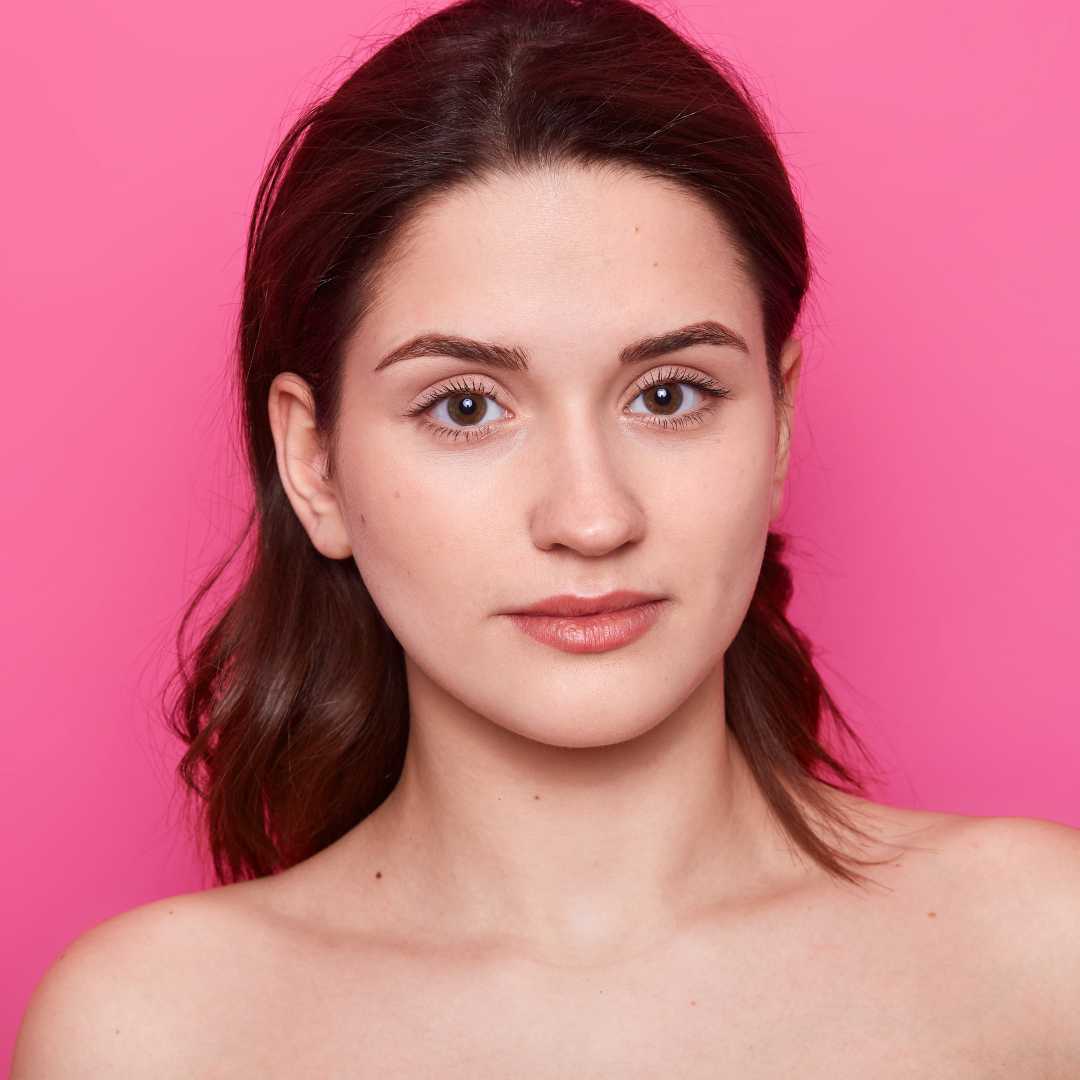
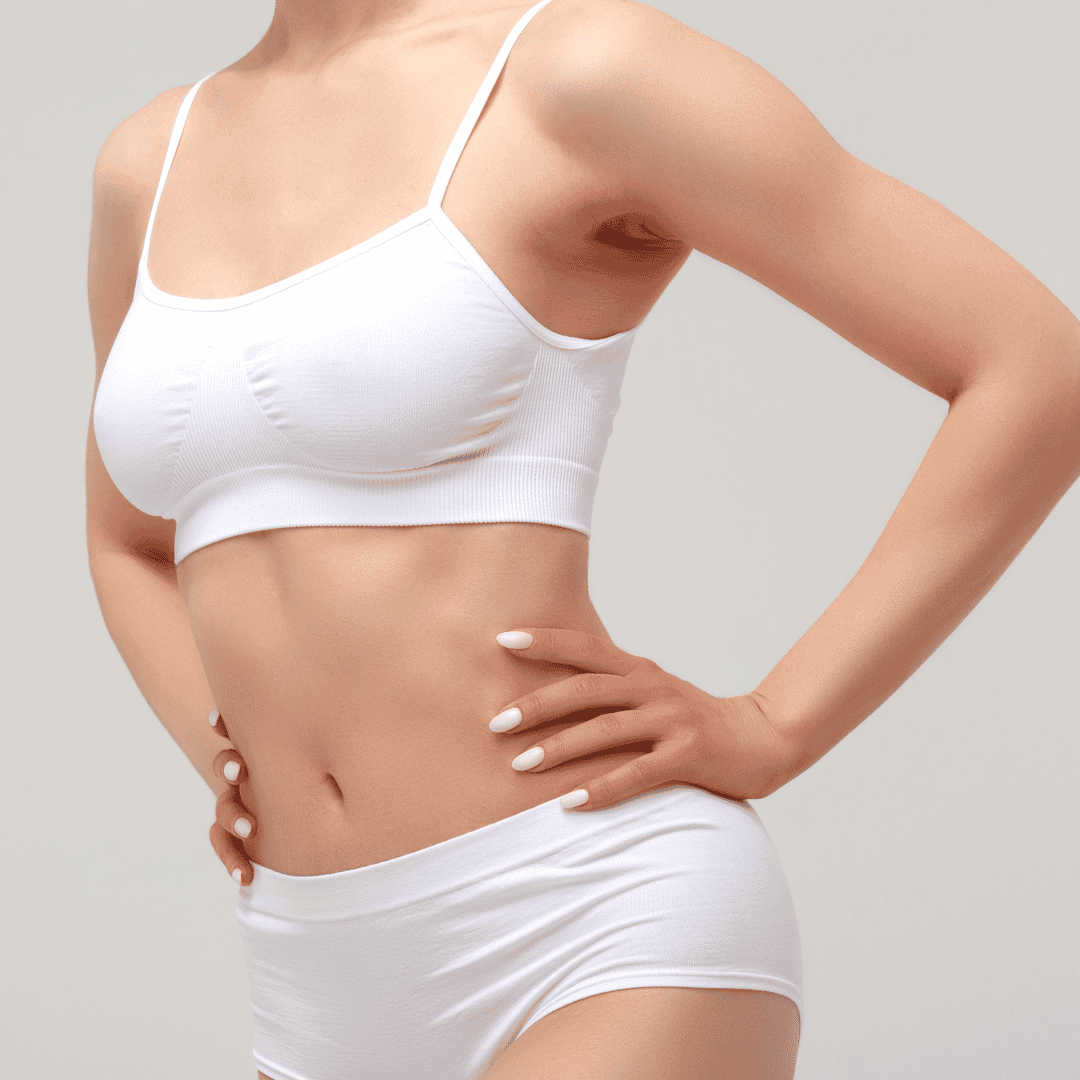

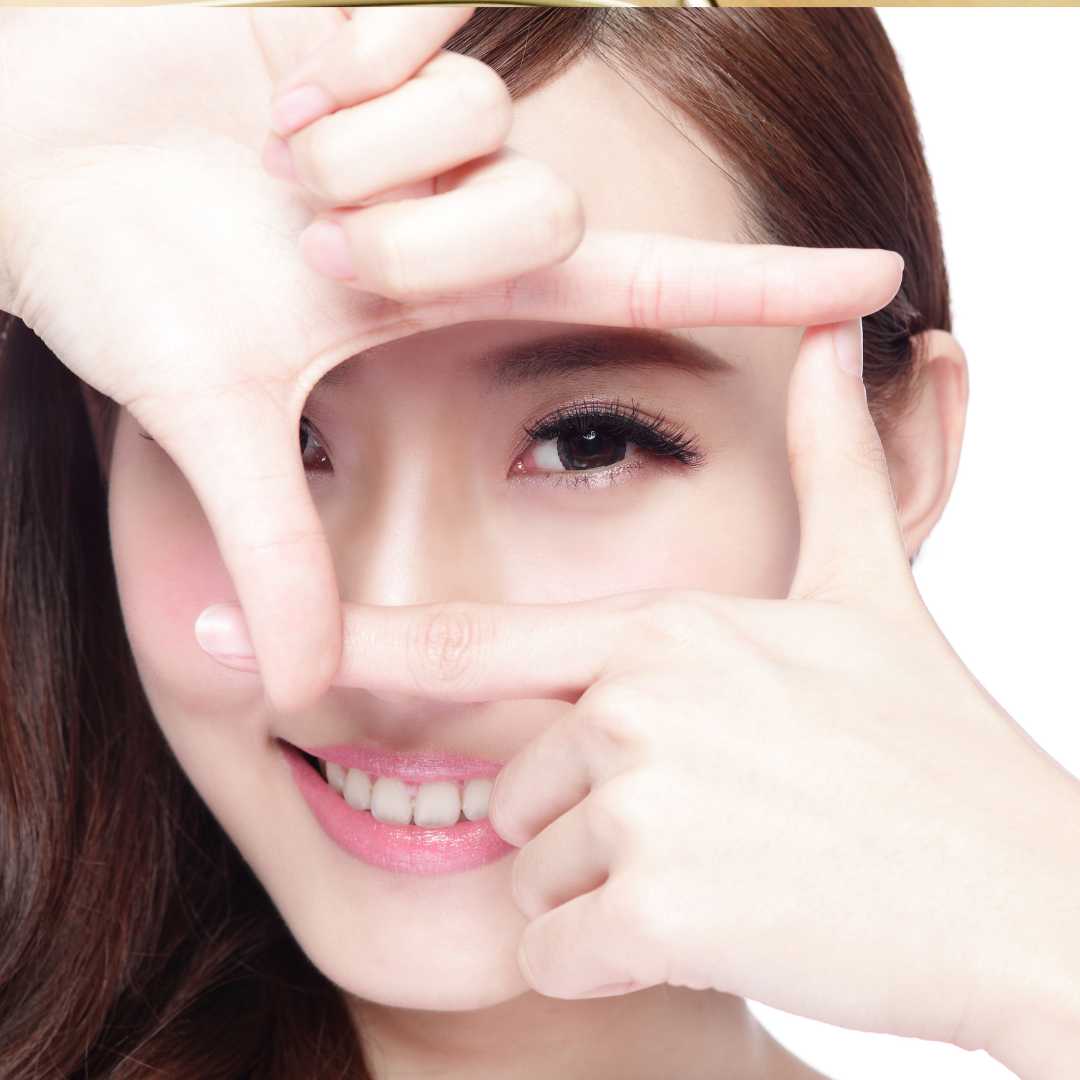

.png)
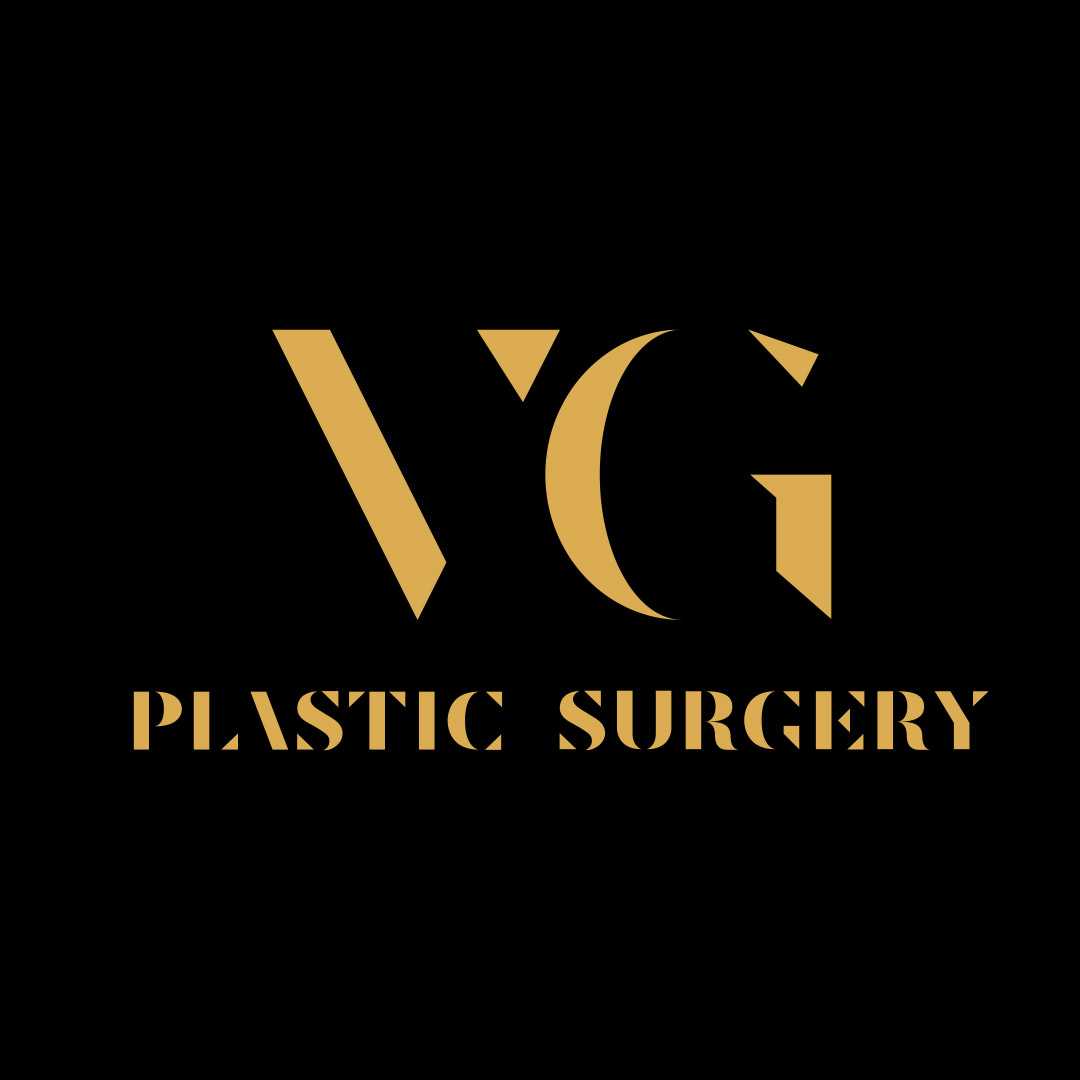


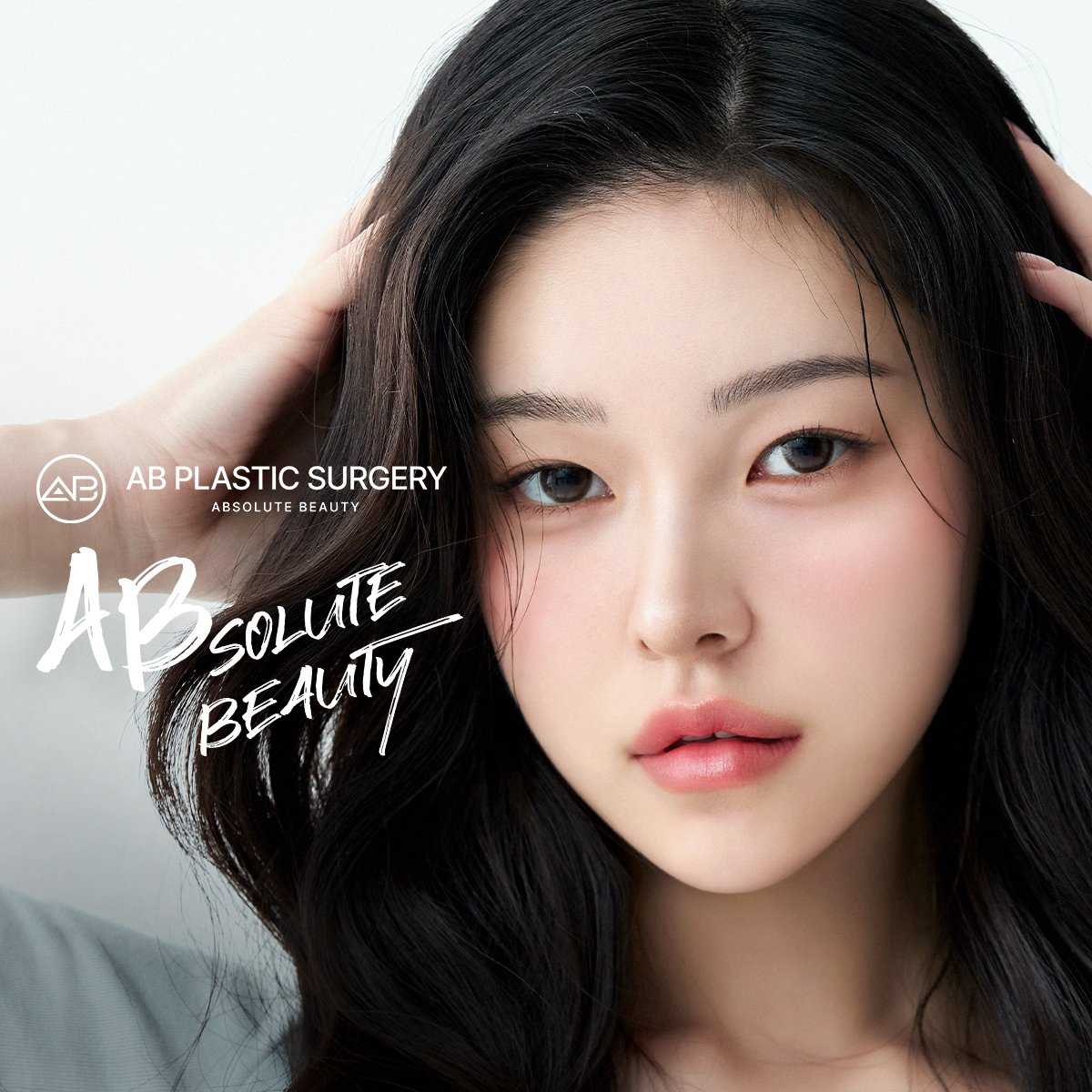
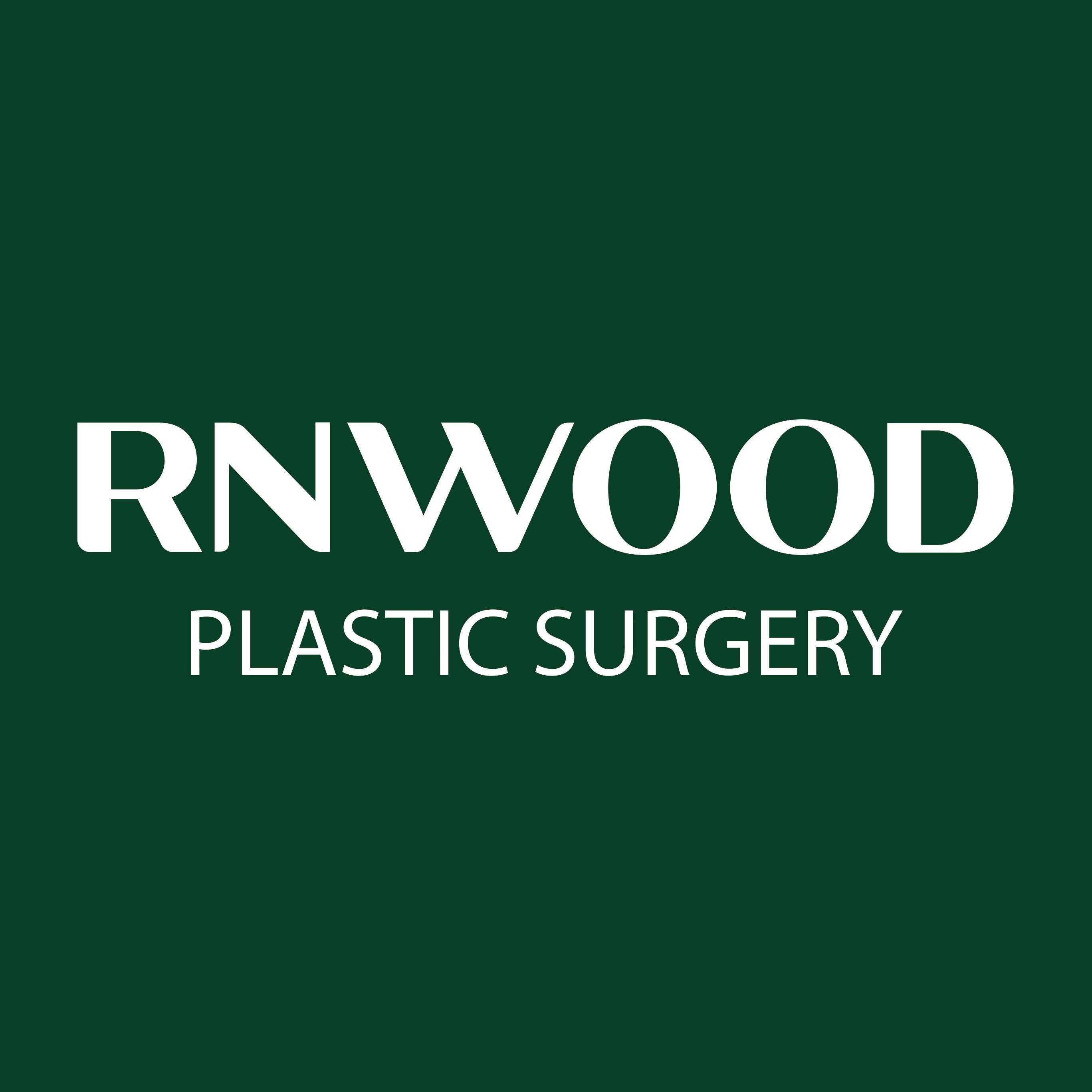

Share this listing